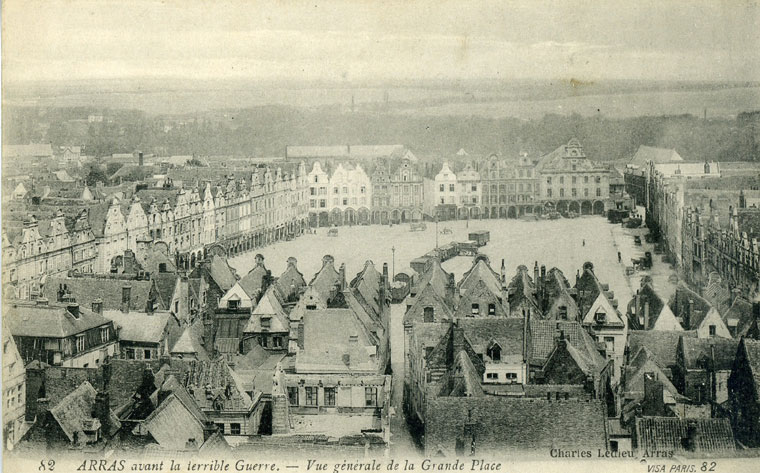Sanctuary, Square & Armagh Wood - Military Units
17th Division - Comprised of the 50th, 51st and 52nd Bdes
The 50th Bde. Comprised of the 10th Bn - West Yorkshire Regt, 7th Bn - East Yorkshire Regt, 7th Bn - Yorkshire Regt, 6th Bn - Dorsetshire Regt.
The 51st Bde. Comprised of the 7th Bn - Lincolnshire Regt, 7th Bn - Border Regt, 8th Bn - South Staffordshire Regt, 10th Bn - Sherwood Foresters.
The 52nd Bde. Comprised of the 9th Bn - Northumberland Fusiliers, 10th Bn - Lancashire Fusiliers, 9th Bn - Duke of Wellington’s Regt, 12th Bn - Manchester Regt
24th Division - Comprised of the 17th, 72nd and 73rd Infantry Bdes
The 17th Bde. Comprised of the 8th Bn - Buffs, 1st Bn - Royal Fusiliers, 12th Bn - Royal Fusiliers, 3rd Bn - Rifle Brigade.
The 72nd Bde. Comprised of the 8th Bn - Queen’s, 9th Bn - East Surrey Regt, 8th Bn - Queen’s Own and 1st Bn - North Staffordshire Regt.
The 73rd Bde. Comprised of the 9th Bn - Royal Sussex Regt, 7th Bn - Northamptonshire Regt, 13th Bn - Middlesex Regt, 2nd Bn - Leinster Regt.
50th (Northumbrian) Territorial Division - Comprised of the 149th, 150th and 151st Infantry Brigades.
The 149th (Northumbrian) Bde - Comprised of 1/4th, 1/5th, 1/6th and 1/7th Bns - Northumberland Fusiliers.
The 150th (York & Durham) Bde - Comprised of 1/4th Bn - East Yorkshire Regt - , 1/4th & 1/5th Bn - Green Howards and 1/5th Bn - Durham Light Infantry.
The 151st (Durham Light Infantry) Bde - Comprised of 1/5th (Cumberland) Bn - Border Regt, 1/6th, 1/8th and 1/9th Bn - DLI.
(Select link to find out more about this Brigade).
1st Canadian Division - Comprised of the 1st, 2nd and 3rd Canadian Bdes.
The 1st Canadian Bde. Comprised of the 1st, 2nd, 3rd and 4th Bns Canadian Infantry.
The 2nd Canadian Bde. Comprised of the 5th, 7th, 8th and 10th Canadian Infantry.
The 3rd Canadian Bde. Comprised of the 13th, 14th, 15th and 16th Bns Canadian Infantry. return


